Blog
-
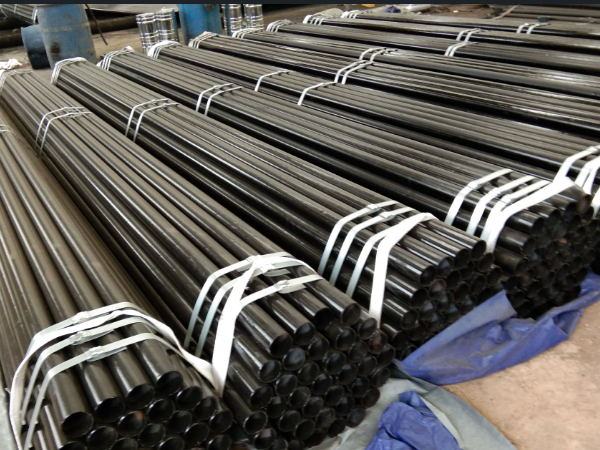
Quality defects of seamless perforated capillary tubes
Steel management properties: normal temperature mechanical properties, high temperature mechanical properties, low temperature properties, corrosion resistance. The physical and chemical properties of pipes mainly depend on the chemical composition of the steel, the organizational structure and the purity of the steel, as well as the heat treatment method of the pipe.Weiterlesen -

Vergleich von Lackierverfahren für Kohlenstoffstahlrohre
Beim Lackieren von Kohlenstoffstahlrohren wird durch Bürsten, Sprühen usw. eine Farbschicht auf die Oberfläche des Stahls aufgetragen, um das Stahlrohr schöner zu machen oder den Schutz zu erhöhen. Die Beschichtung kann im Bauwesen, bei der Autoreparatur, bei der Inneneinrichtung und in anderen Bereichen eingesetzt werden. Die Oberfläche des Objekts muss vor dem Lackieren vollständig gereinigt und zugeschnitten werden, um sicherzustellen, dass die Beschichtung fest auf der Oberfläche des Objekts haften kann.Weiterlesen -
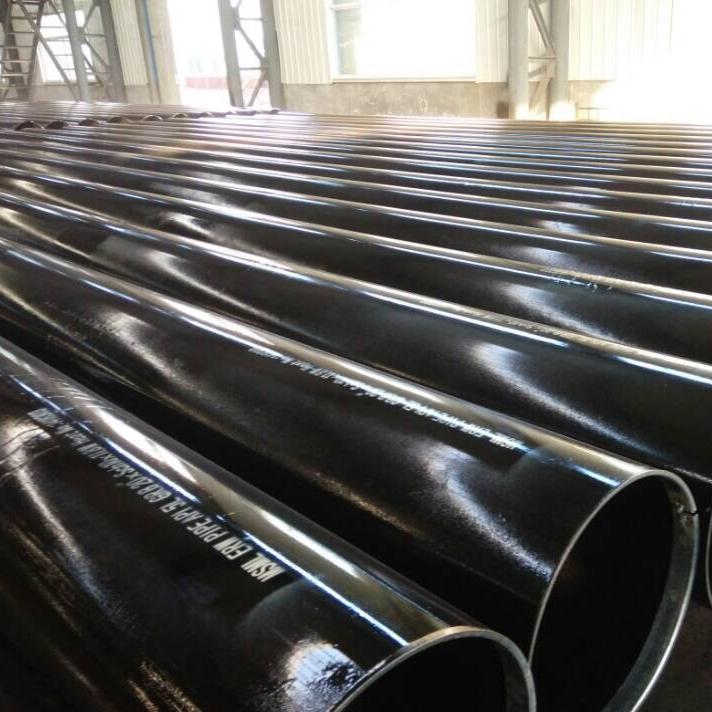
Introduction to the grades of black steel pipes
Black steel pipe is commonly used in a variety of industrial applications, including pipelines, construction and infrastructure projects. When comparing Grade A and Grade B black steel pipe, it is important to consider their differences in chemical composition, mechanical properties and specific applications.Weiterlesen -
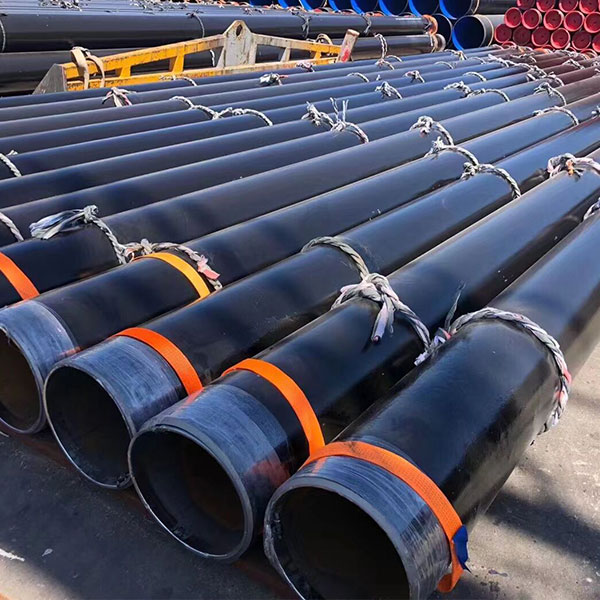
What are the ERW pipe making machines?
The ERW pipe forming unit initially adopted the chain drawing method. Later the United States created roll molding. The structure of the primary roll forming device is a cross arrangement of flat rolls and vertical rolls, and is mainly used to produce small diameter ERW welded pipes. After continuous improvement, the forming arrangement was changed to the form of flat, vertical roller + vertical roller group, the pipe diameter was developed from small diameter to medium diameter, and high-frequency welding was adopted. It is generally called a small and medium-sized roller forming welded pipe unit. Later, it was further developed into the row and roll type.Weiterlesen -
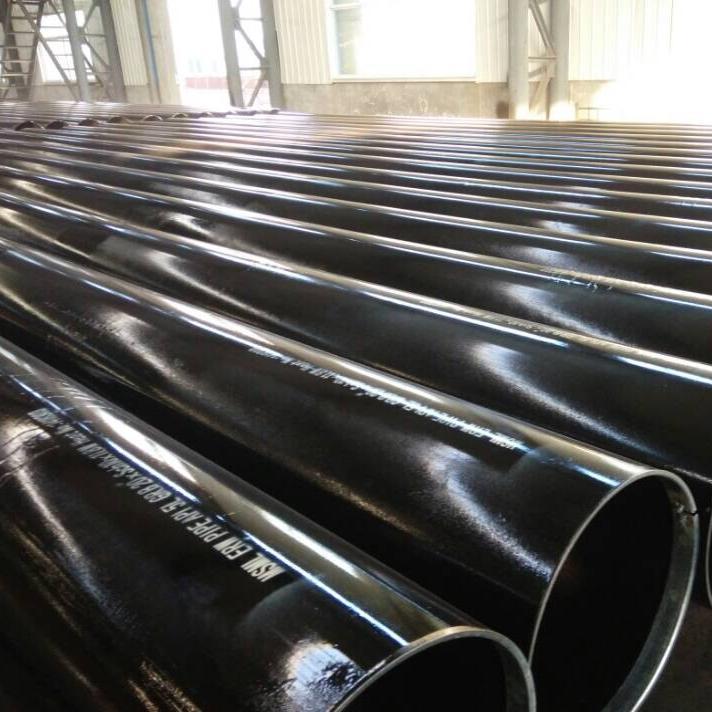
Acceptance standards for large diameter steel pipes
Large-diameter steel pipes (such as spiral welded pipes) are pipe products mainly used to transport liquids, gases, solids and other substances, and are usually made of steel. These pipes are commonly used in construction, petrochemical, industry, water supply, heating and other fields. The following is some relevant information about large diameter welded pipes:Weiterlesen -
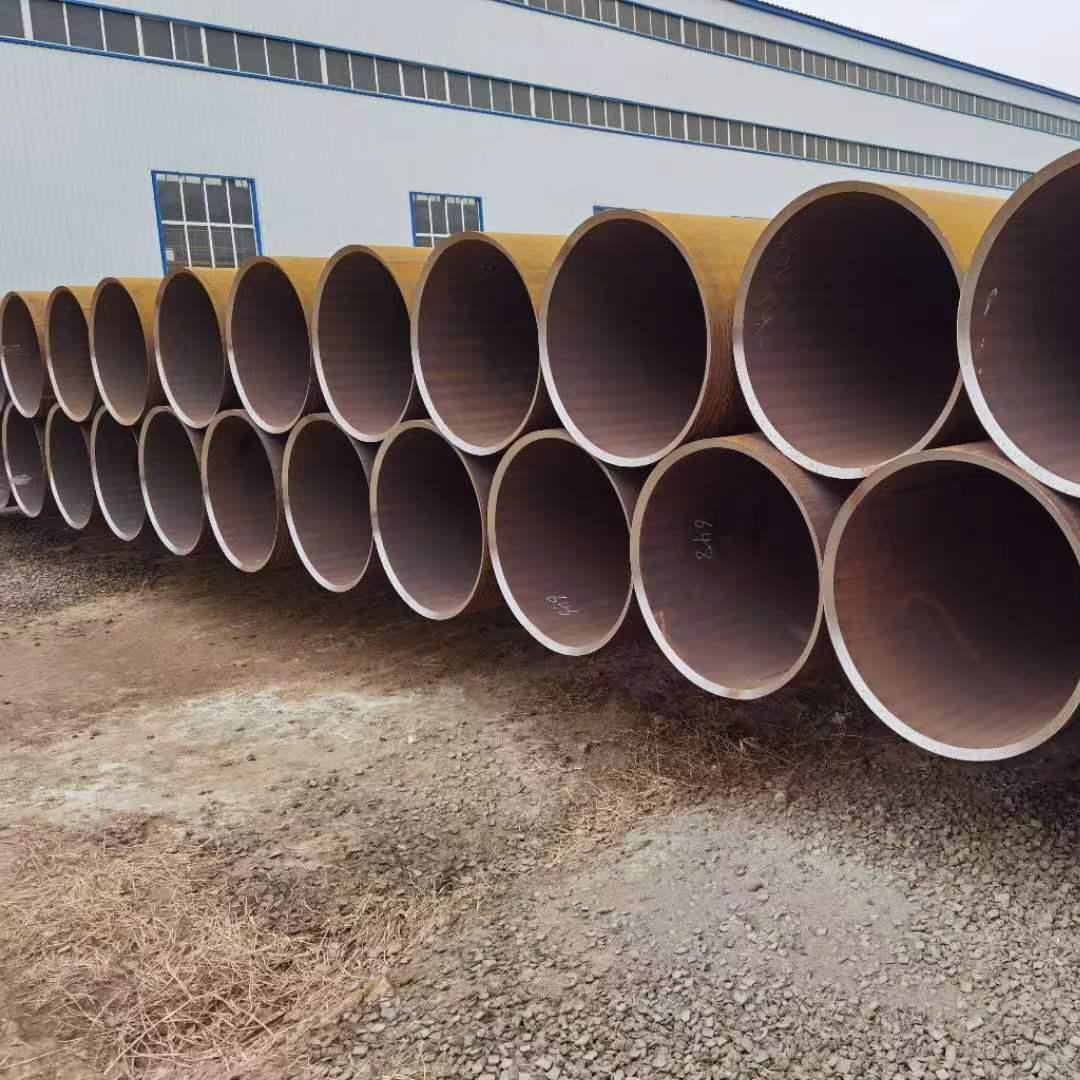
How to prevent leakage of hydraulic tubes?
Hydraulic tubes are basically divided into fluid pipes and petroleum steel pipes used in hydraulic systems, also known as honing pipes. Cold-drawn or cold-rolled seamless steel pipes also include hydraulic steel pipes.Weiterlesen -
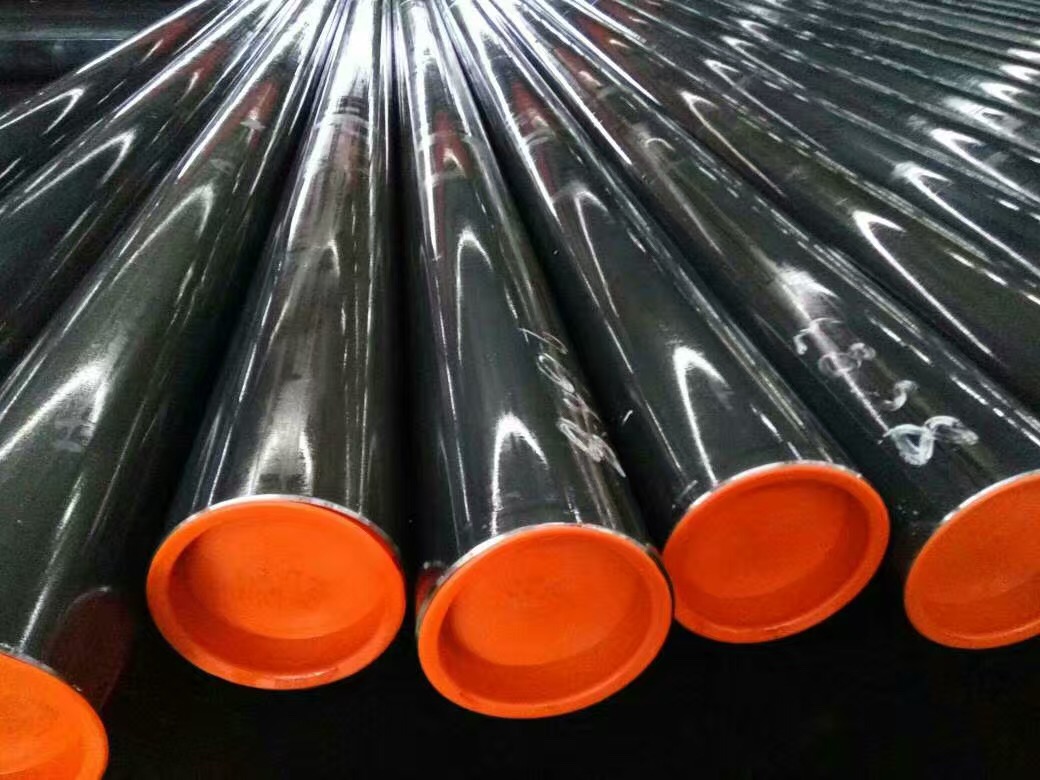
Wie hoch ist die Verarbeitungszugabe bei nahtlosen Rohren?
Um zu verstehen, wie viele Millimeter die Bearbeitungstoleranz bei nahtlosen Rohren im Allgemeinen beträgt, müssen Sie zunächst den Maßtoleranzbereich des Produkts selbst verstehen. Die Maßtoleranz eines Produkts bezieht sich auf den zulässigen Abweichungsbereich der tatsächlichen Größe des Produkts.Weiterlesen -
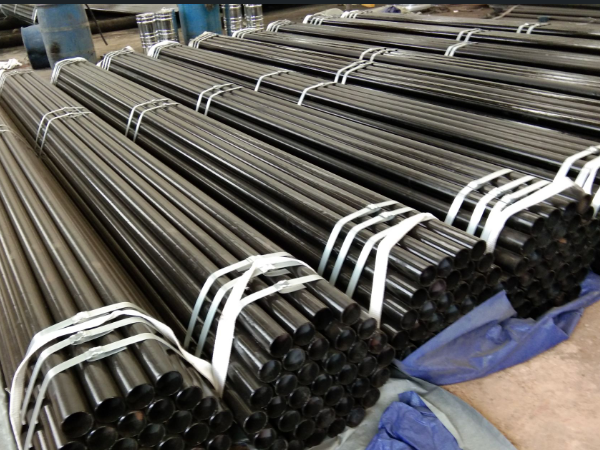
Tensile strength of stainless steel seamless pipes
There are many factors that affect the drawing force during the drawing process of stainless steel seamless pipes. According to research, some of these factors are beneficial to the drawing process. Conversely, other factors can make stretching more difficult.Weiterlesen -
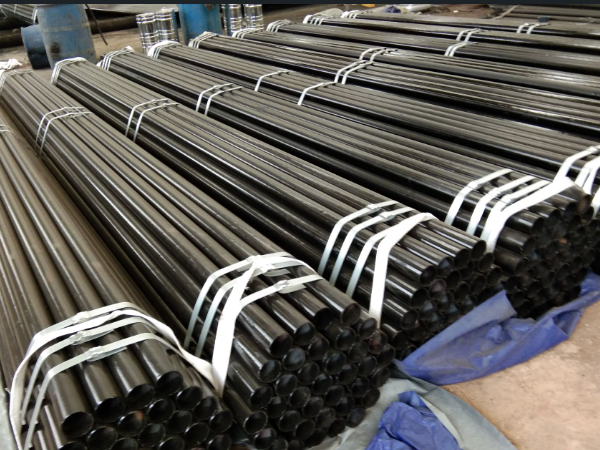
Gusseisenrohr vs. Kohlenstoffstahlrohr
Kohlenstoffstahlrohre und -röhren, auch CS-Rohre genannt, werden aus Stahlbarren oder massiven Rundstählen durch Perforation in Kapillarröhren hergestellt, die dann warmgewalzt, kaltgewalzt oder kaltgezogen werden. Kohlenstoffstahlrohre spielen in der Stahlrohrindustrie meines Landes eine wichtige Rolle.Weiterlesen